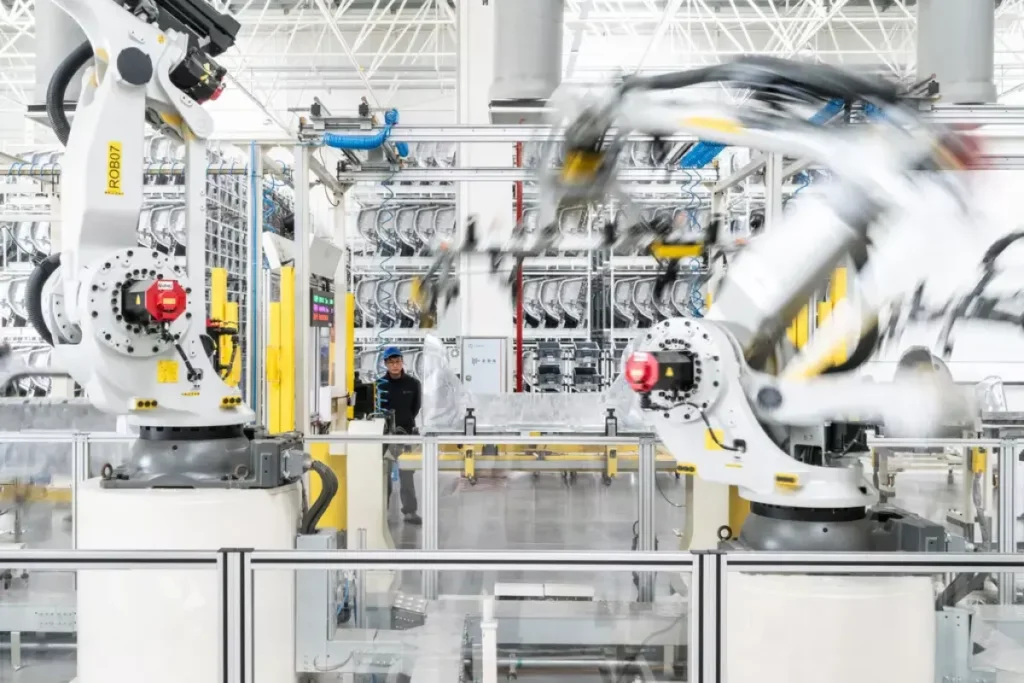
China is rapidly reshaping its industrial landscape through a massive drive in factory automation, deploying fleets of AI-powered robots that are helping to slash production costs, improve quality, and reinforce its competitiveness amid rising trade barriers from the US, the European Union, and developing countries.
Across the country, factories—from sprawling car plants to modest back-alley workshops—are installing robotic systems at breakneck speed. According to a recent article by The New York Times (NYT), the International Federation of Robotics revealed that China now has more factory robots per 10,000 workers than any country except South Korea and Singapore, putting it ahead of manufacturing powerhouses like the United States, Germany, and Japan.
This automation surge is a core component of Beijing’s “Made in China 2025” strategy, which prioritizes robotics among ten key industries. Backed by sweeping state support and investment—including a recently launched $137 billion national venture capital fund for robotics and advanced tech—China aims not just to improve efficiency but to make robotics itself a cornerstone of future economic growth.
“Humanoid robots are being positioned as China’s next electric vehicle industry,” said He Liang, CEO of Yunmu Intelligent Manufacturing, a leading Chinese robot manufacturer. “From this perspective, it is a national strategy.”
At Zeekr, an electric vehicle maker in Ningbo, the transition is already visible. The company has expanded its robot workforce from 500 to 820 in just four years. Robot carts ferry aluminum ingots to a towering Chinese-made furnace, where molten metal is cast into car components. Down the line, robotic arms perform synchronized welding routines in so-called “dark factories” that require no lighting or human intervention.
Even quality control is increasingly AI-driven. High-resolution cameras scan each vehicle, with computers analyzing images against databases to detect defects in seconds—an evolution that has transformed traditional assembly roles. “Most of our colleagues’ jobs involve sitting in front of a computer monitor,” said Pinky Wu, a Zeekr employee.
Design is also going high-tech. Carrie Li, a designer at Zeekr’s Shanghai offices, uses AI tools to model how car interiors should look and feel. “I now have more time to think creatively and follow fashion trends,” she said.
Content retrieved from: https://caliber.az/en/post/robots-over-humans-china-s-bold-move-to-outsmart-trade-barriers.






